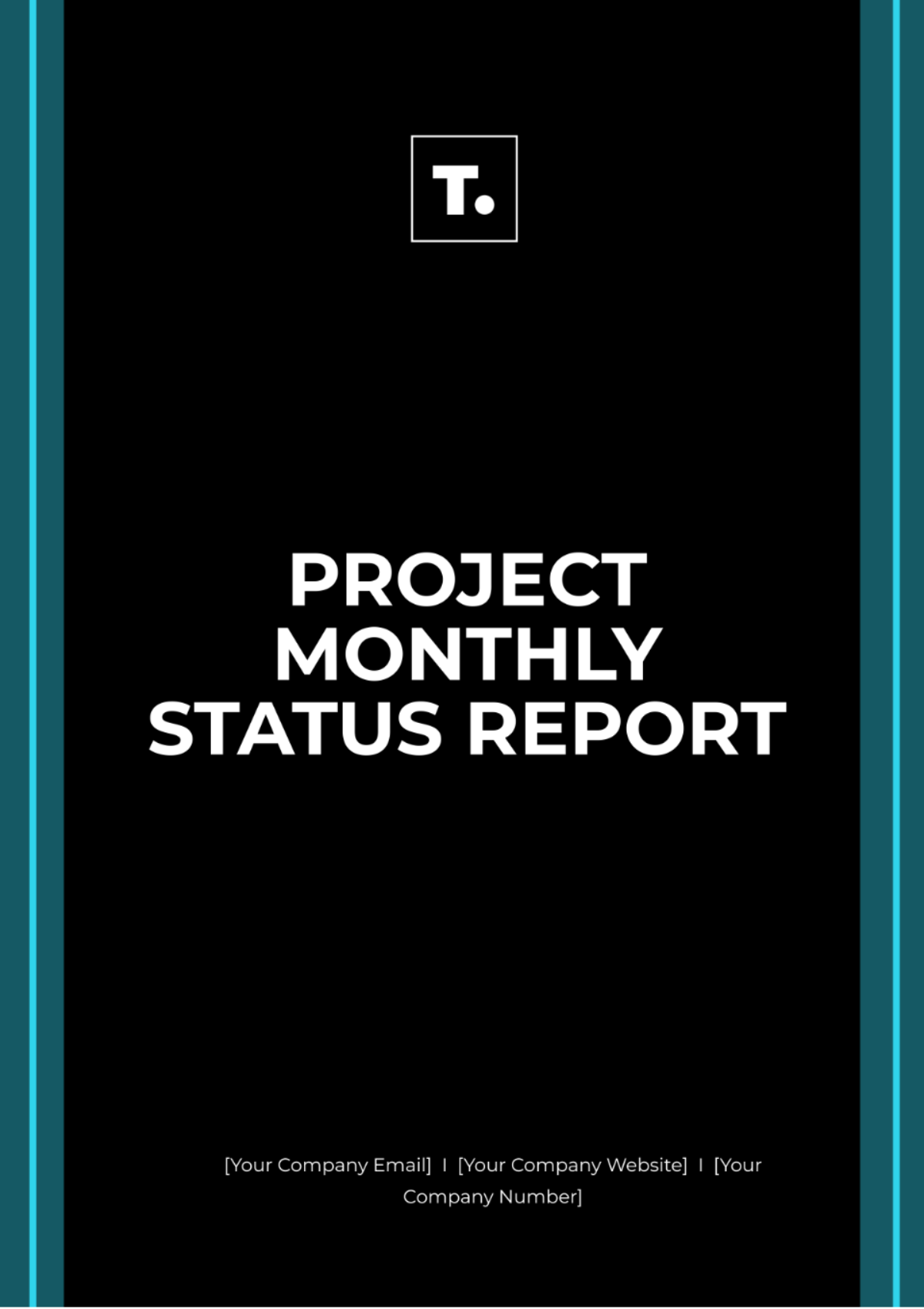Virtual Work From Home Report
I. Executive Summary
The transition to a virtual work-from-home (WFH) model has been widely adopted across numerous industries, accelerating in response to global events and technological advancements. This report examines the benefits, challenges, and best practices associated with WFH setups, offering insights supported by detailed analyses and data. It aims to provide a thorough understanding of this shift and its implications for both employers and employees.
II. Advantages of Work From Home
1. Flexibility and Work-Life Balance
A key advantage of the WFH model is the flexibility it offers, allowing employees to balance personal and professional responsibilities more effectively. This flexibility fosters greater job satisfaction and can improve productivity, as employees can structure their work schedules to fit their individual needs.
Employees can customize work schedules: Workers have the autonomy to choose when they are most productive, enhancing overall efficiency.
Reduction in commuting time: Eliminating daily commutes gives employees more personal time, contributing to better mental well-being and work-life harmony.
2. Cost Savings
Both employers and employees benefit from the cost-efficiency of remote work. Organizations can significantly reduce overhead costs related to maintaining physical office spaces, while employees save on travel, work attire, and meals.
Cost Type | Potential Savings |
|---|---|
Commuting | $200/month |
Office Space | $20,000/year |
For employers: Reduced spending on rent, utilities, office supplies, and maintenance.
For employees: Savings on transportation, clothing, and dining out, contribute to an improved financial outlook.
3. Access to a Global Talent Pool
The WFH model removes geographical limitations, enabling companies to recruit top talent from around the world. This expanded talent pool promotes diversity and introduces a wide range of skills, perspectives, and innovative ideas.
Global recruitment: Organizations are no longer restricted to local hiring, which can significantly enhance team diversity.
Increased competitiveness: Access to a larger talent pool allows companies to hire individuals with niche expertise, fostering a more competitive workforce.
III. Challenges of Work From Home
1. Technical Difficulties
Technical challenges are a common issue in remote work environments. Inconsistent internet connections, outdated software, and inadequate hardware can hinder productivity and create delays.
Challenge | Impact |
|---|---|
Internet Connectivity | Disrupts communication and workflow |
Hardware Issues | Delays in project completion |
Internet reliability: Unstable connections can cause interruptions during virtual meetings, affecting communication flow.
Hardware limitations: Employees may experience delays because of inefficient or insufficient technology, affecting deadlines and output.
2. Communication Hurdles
Virtual communication can be less efficient than face-to-face interaction. Miscommunication, time zone disparities, and the absence of non-verbal cues can make it harder to collaborate and maintain team cohesion.
Time zone barriers: When teams are spread across different regions, scheduling real-time meetings becomes challenging.
Lack of non-verbal cues: Body language and facial expressions, which often aid understanding, are difficult to convey in virtual meetings, leading to potential misunderstandings.
3. Employee Isolation
Working from home can lead to feelings of isolation and detachment from the team, potentially lowering morale and collaboration.
Limited social interaction: The absence of in-person meetings or casual conversations can cause employees to feel disconnected.
Team cohesion: Remote setups often lack the spontaneous collaboration that occurs naturally in physical office environments, which can affect team dynamics.
IV. Best Practices for Effective Work From Home
1. Robust Communication Tools
Implementing reliable and user-friendly communication platforms is crucial to overcoming virtual communication barriers. Tools such as Slack, Zoom, and Microsoft Teams facilitate seamless collaboration, keeping teams connected and productive.
Effective tools: Ensure that all employees have access to videoconferencing, messaging, and project management tools to streamline workflows.
2. Regular Check-ins and Meetings
Frequent check-ins, team meetings, and one-on-one conversations foster engagement, keep projects on track, and help resolve issues promptly. Structured virtual meetings can increase accountability and ensure clarity of objectives.
Routine touchpoints: Schedule regular meetings to align on goals, monitor progress, and encourage feedback.
Accountability: Virtual check-ins promote responsibility and keep team members focused on deliverables.
3. Employee Support and Well-being
Prioritizing employee well-being in a WFH model is essential. Offering mental health resources and creating a supportive virtual environment can boost morale, reduce burnout, and maintain team cohesion.
Virtual team-building activities: Organize informal gatherings, online games, or discussion groups to enhance camaraderie.
Flexible schedules: Allow employees to manage their time around personal commitments, creating a healthy balance between work and life.
V. Conclusion
The virtual work-from-home model presents numerous opportunities for organizations and employees alike, but it also introduces certain challenges. With careful planning and the implementation of best practices, businesses can maximize the benefits while minimizing the drawbacks. By embracing new tools, fostering open communication, and prioritizing employee well-being, companies can create a productive, and satisfied remote workforce that is prepared to adapt to the developing future of work.


















